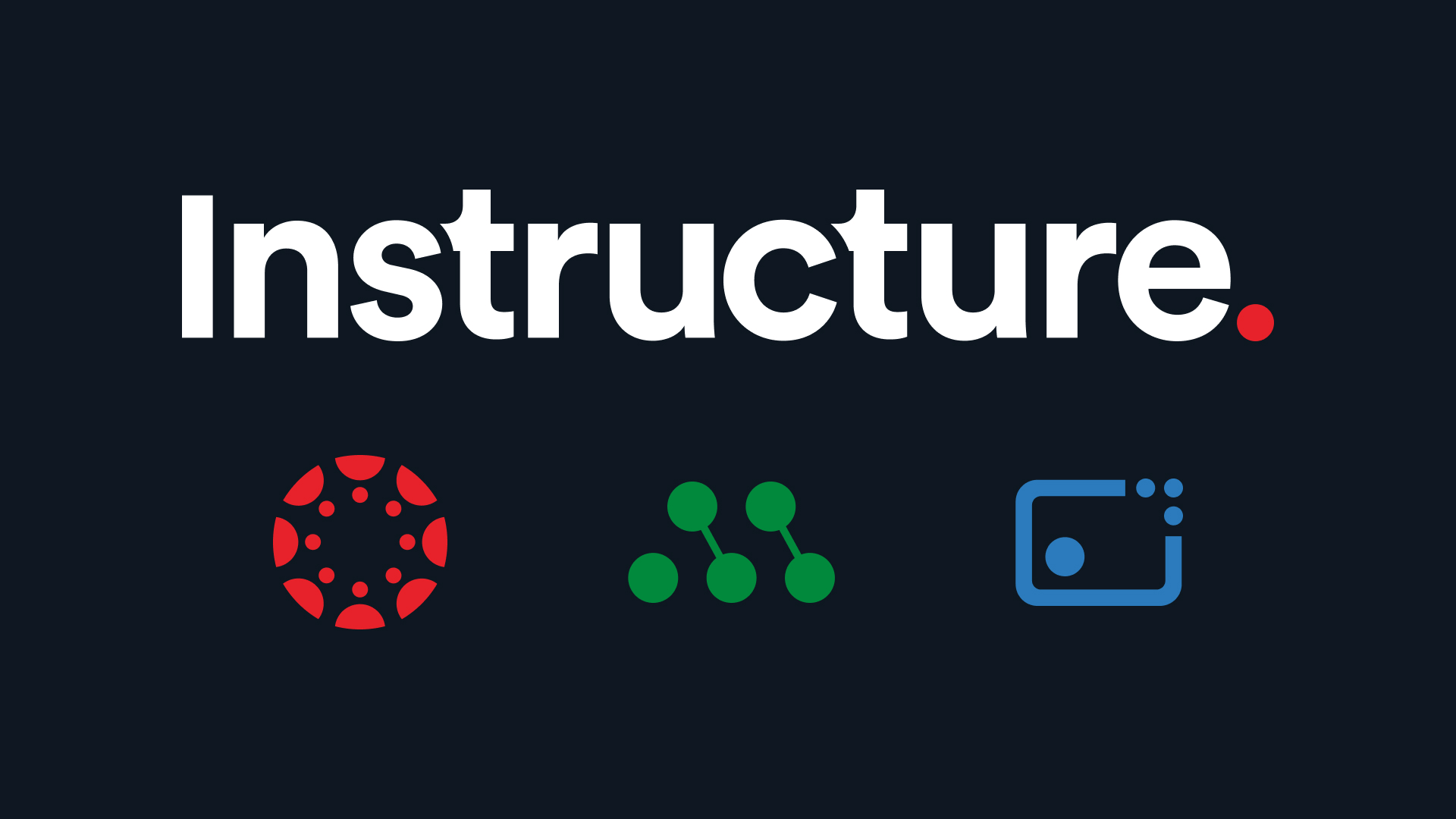For better edtech decisions, involve your teachers.
Your teachers know your students best. They are on the frontlines of remote, virtual, hybrid and in-person learning environments. They see the struggles, challenges, and successes evidenced by your students when working with various edtech tools and resources. They understand when a product works better for one set of students versus another. They notice when students are immersed in a resource or struggle to click through each page of a lesson and teachers take mental notes in each of these situations.
To truly understand edtech effectiveness in your district, start with your teachers. Your teachers appreciate and regularly observe the unique nuances of virtual and in-person classrooms within your district. They understand the local, contextual factors tied to edtech success or failure. Collecting their feedback on edtech implementation and student impacts is a critical first step toward evaluating edtech effectiveness.
How might you collect teacher feedback? We offer five tips:
-
Start with a set of objectives. What information do you want to collect? Will you focus on implementation, product impacts on student achievement, or both? The more you define your objectives, the greater your opportunities to put what you learn to use.
-
Draft a survey with clear questions and answer options.
-
Keep questions short and targeted to specific objectives. Each question should also have short, specific answer options.
-
Share it with your peers to gather their initial thoughts and feedback. Ask for their interpretation of each question to ensure it's viewed similarly across individuals.
-
Keep open-ended questions to a minimum. Too many may make it difficult to identify trends and draw conclusions from results.
-
-
Identify edtech products. Determine which products you would like feedback on and use the same survey questions across different products.
-
Develop it once, but use it multiple times. Use the same survey across your district (and products) to ensure results can be compared and aggregated across schools and products.
-
Make plans. Determine how you will analyze, share, and use the information collected to improve edtech implementation in classrooms across your district. All the data in the world isn’t helpful if you don’t have a practical plan for putting it to use.
If you have developed an edtech feedback survey, we would love to hear from you. Let us know what factors and objectives are important to you.
Need help getting started? LearnPlatform by Instructure worked with educators across the country to develop our own teacher feedback rubric, which you can use when gathering feedback in your district.
Related Content
 inst-3step.jpg
inst-3step.jpgBlogs

Blogs
 digging_deep_into_2025s_learning_trends_the_state_of_higher_education_in_anz_-_thumbnail_1.png
digging_deep_into_2025s_learning_trends_the_state_of_higher_education_in_anz_-_thumbnail_1.pngBlogs
